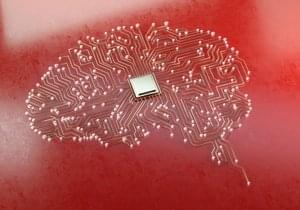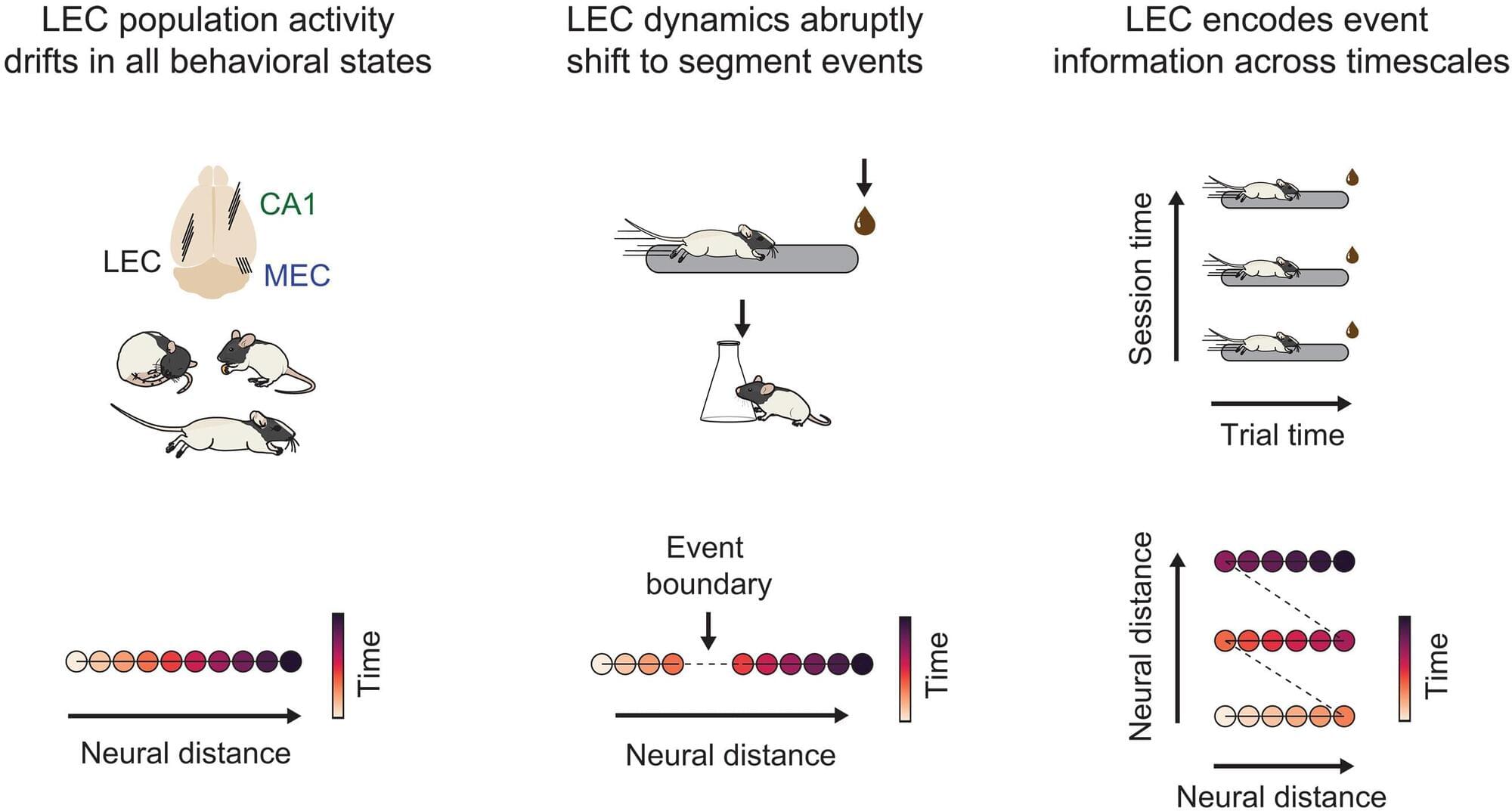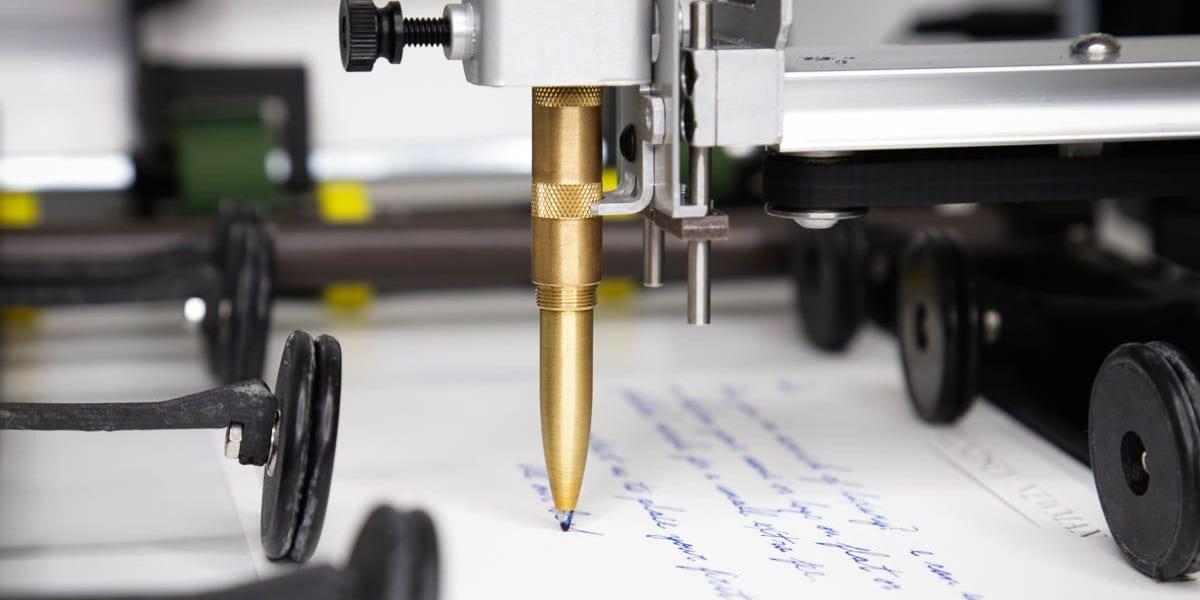Recent advances suggest the technology is hitting its stride. The UC Davis team’s speech synthesis system represents a fundamental shift from previous approaches. Rather than translating brain signals into text and then synthesizing speech — a process that created significant delays — UC Davis’ system converts thoughts directly into sounds with near-instantaneous 10-millisecond latency.
H2]:text-3xl pb-8
Meanwhile, researchers at Carnegie Mellon achieved real-time control of individual robotic fingers using non-invasive EEG technology, wearing a cap that reads brain signals through the skull. This suggests that future brain interfaces might not require surgery at all for certain applications.







